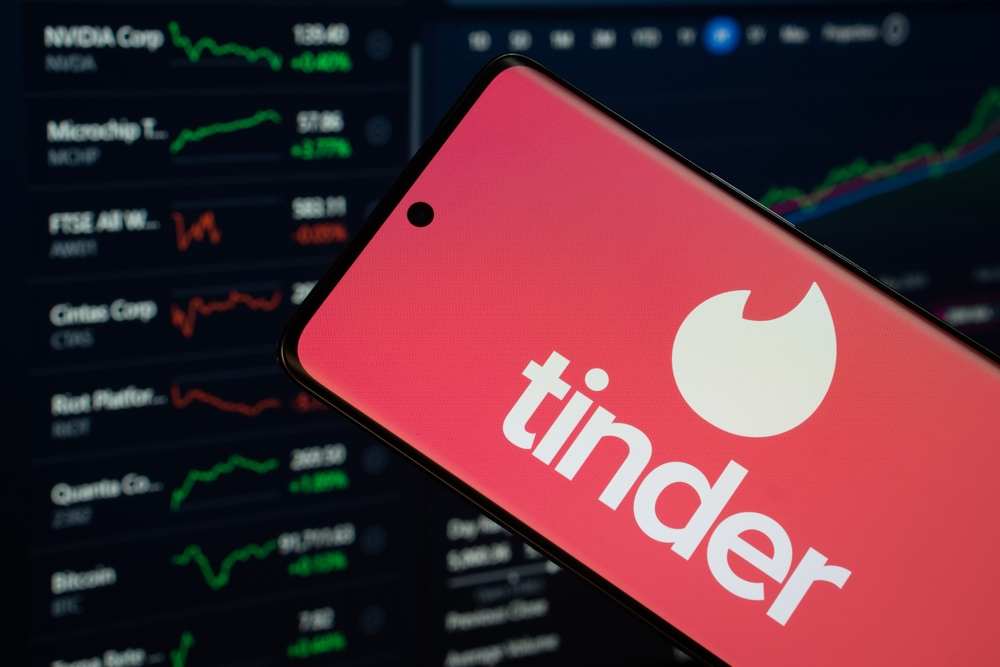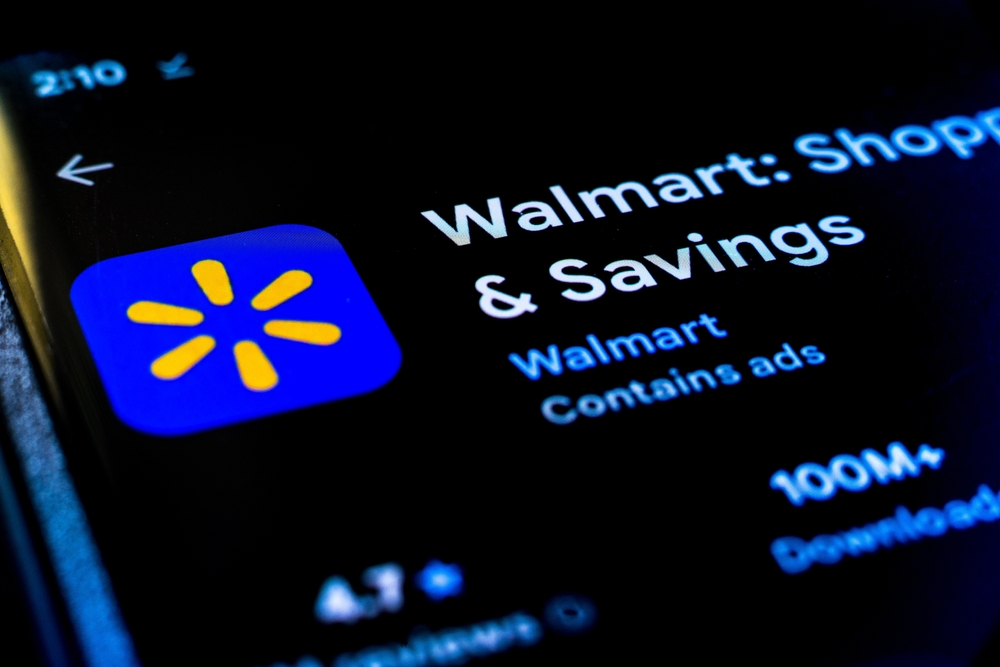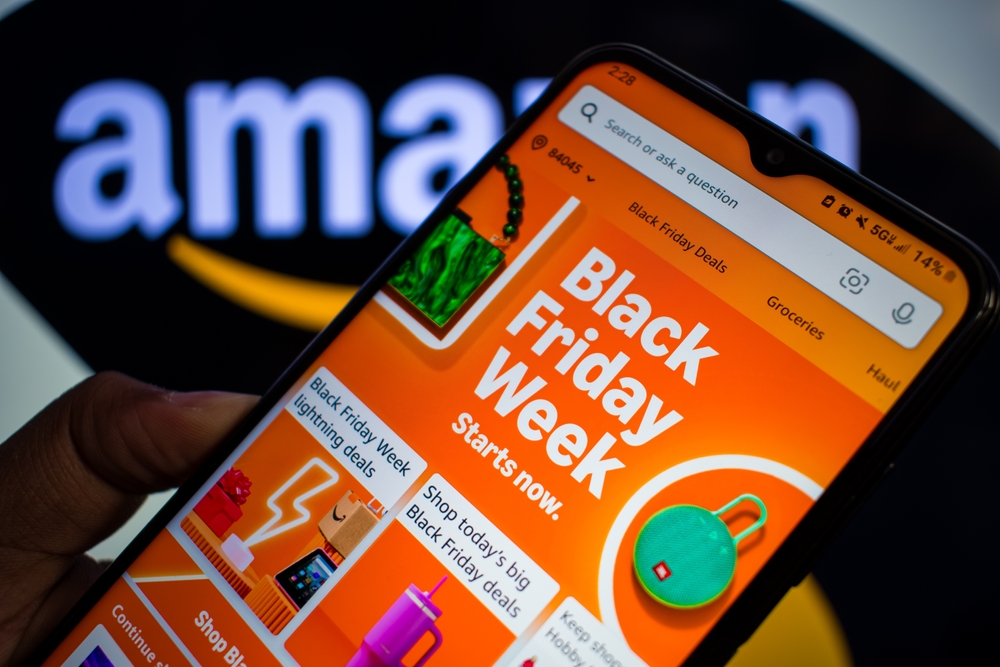As I talked about in my last blog post here on the evolution of in-app performance advertising, getting creatives right is now one of the key pillars of running successful campaigns today. I want to dive deeper into this point.
I’m not the first one to note that how marketers tackle creatives for their performance advertising campaigns leaves a lot to be desired. In fact, Apptopia Founder Jonathan Kay brought it up in a recent conversation with my colleague Matt Kaplan.
To summarize these and other points, there are a few areas in particular where creatives leave a lot to be desired:
- Performance marketers are still clinging to desktop formats.
- Performance marketers don’t know enough about their target audience.
- Performance marketers either cannot or are unable to tailor their creatives for their specific audience segments.
- Performance marketers are unable to develop enough new creatives to satisfactorily meet the ever-evolving needs of their consumers.
- Performance marketers are not able to sufficiently test out new creatives with enough scale and time to adequately predict future success.
How to Use New Best Practices to Make Better Creatives
Let’s break down each point and highlight what can be done to address all of these present pain points.
Point 1: First, it’s easy to see why older ad formats like static banners are still widely used. They’re available across just about all in-app environments, and they’re a cost-efficient way to meet scale. However, they lack interactivity.
Mobile-first formats — think interactive videos, playable ads, etc. — tend to be extremely interactive, and are increasingly ubiquitous, helping marketers see actionable results. Even humble banners can be tweaked with mobile in mind, with rich media creatives and formats that drive calls to action directly within the in-app creative experience.
Point 2: We recently polled dozens of app publishers and developers in the U.S., and found that the majority of them lacked critical data on their users. For example, less than half of those polled said they knew the age and gender of their users, and only 16% knew their interests and hobbies (Stay tuned for the release of the full report findings). This lack of data is hardly unique to app publishers, as many performance advertisers don’t always know what apps their target audience uses or how their mobile presence compares to that of competitors.
This is an easily solvable problem though. If performance marketers lack the right first-party data, then they should turn to trusted external sources to gain this expertise. In this realm, carrier data is the holy grail, although it’s not the only source of data that can be sought out. This is a critical step though, as performance marketers need a granular understanding of who their audience is and what they really care about before they can even begin to craft an effective campaign – let alone creatives for that campaign.
Point 3: This is another data problem. How can performance marketers tailor their creatives to specific audience segments if they don’t know about the different components of their overall target audience?
Once the data component is solved, then dynamic creative optimization (DCO) should be applied in order to develop tailored creatives at scale. My esteemed colleague Prajwal Barthur spoke with eMarketer last year about applying artificial intelligence to improve DCO and ensure it’s effectively applied at scale.
Point 4: While issues of building creatives at scale come down to available resources (amount of help for the creation, development, testing and deployment of new creatives), data is critical here as well. When data underpins each and every creative decision (which it absolutely should), then the speed at which teams can aggregate and analyze relevant data is crucial. How often are tests run? When are campaigns analyzed? How quickly can data be gleaned for key insights?
This is where machine learning can come into play, to alleviate staffing bandwidth issues. The ideal scenario is to have machine learning creative models that define creative optimization and selection in the ad serving process (i.e. in real time) and models to extract insights on why creatives work (or don’t) and with which audiences. Ad ops teams could upload a creative and it will “score” the creative based on all the historical creatives run on that audience base.
Relying on manual creative testing for each ad campaign will lead to fruitless efforts when performance marketing teams are trying to run a wide variety of creative formats to many different audience segments across the various devices they use.
Point 5: A/B testing is the hallmark of all creative optimization, but it’s fraught with difficulty. For starters, it limits the number of variables that can be analyzed. It’s often slow too, with teams not always able to get results until weeks or months after the fact.
But perhaps most importantly, it’s often only as accurate as the initial hypothesis. For example, let’s say a rideshare app wanted to run ads that featured people who look like their target demographic taking a ride. Trying to decide whether the person in the ad is driving past the Brooklyn Bridge or Empire State Building, for example, wouldn’t be relevant if their target market should actually be in San Francisco.
This is why we tend to prefer the Buffalo ‘Blitz’ Optimization Technique. With testing, it’s key to quickly test out hypotheses in order to rapidly determine which creatives are going to be successful. With all things creatives, speed is the name of the game.
What Marketers Need to Do
Creatives are a hugely influential component of any performance marketing campaign, and they’re not always given their just due. One key to improving the performance of your creatives is to get and leverage high-quality audience data, and then to use that data in programmatic campaigns to inform every part of the creative process from the types of creative formats used to development to testing to post-campaign analysis.





